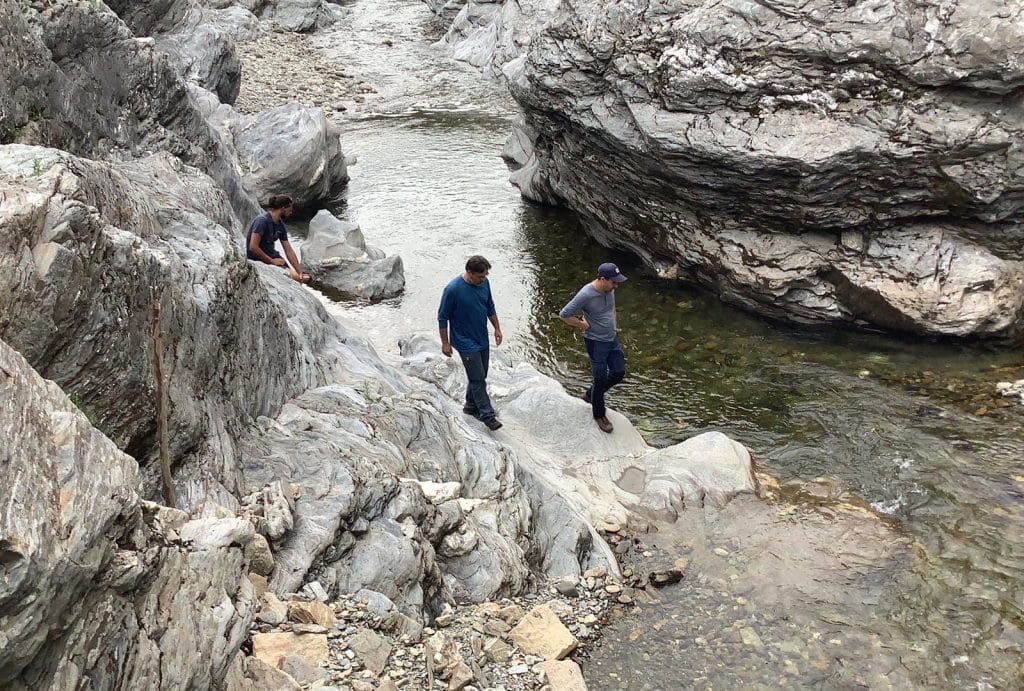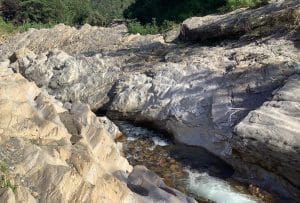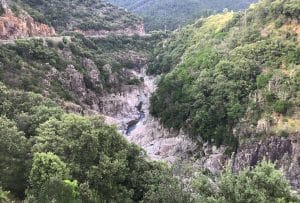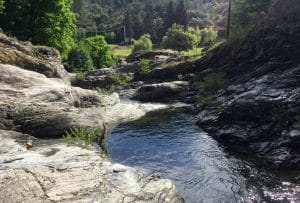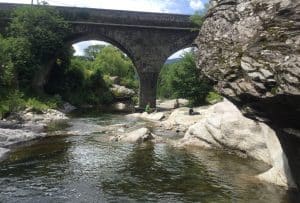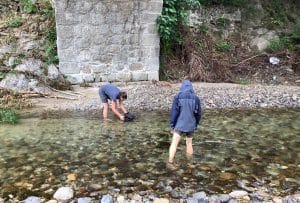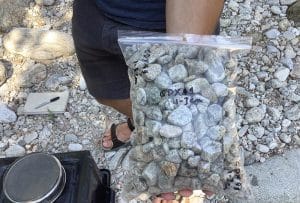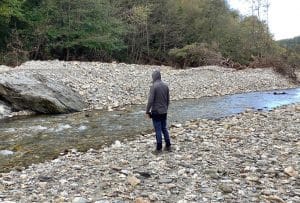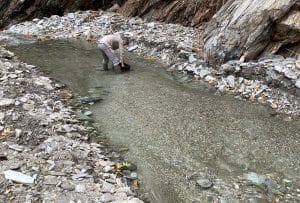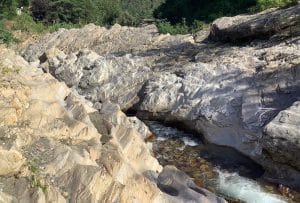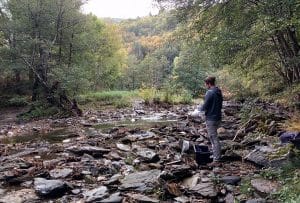ANR Topo-Extreme
River terraces, alluvial fans and other morphological markers are commonly used to quantify the response of topography to changes in climate or tectonics over large time scales (> 10,000 years).
However, these markers are rarely used to assess the frequency and amplitude of extreme events, as their formation and evolution in response to internal or external stresses remain poorly studied.
We are developing a new approach based on a multidisciplinary study of the evolution of landforms on a short time scale (0.1 to 10,000 years).
This approach is complex and requires deciphering the signature of the climatic and tectonic processes from the detailed study of the characteristics of the current landscape, and considering their stochastic nature and feedback couplings.
This requires the exploration of many fundamental but as yet unresolved questions:
. What is the signature of the amplitude and frequency of climatic and tectonic disturbances in the balance of the topography?
. What is the time scale on which abrupt changes due to extreme events remain visible?
. Is the steady state a purely theoretical concept or does it apply to natural landscapes subject to extreme events?
2018-2024: ANR Topo-Extreme
CEREGE lead :
Vincent Godard
Short time-scale landscape dynamics and topographic signatures of extreme climatic and tectonic events
Partners :
Geosciences Montpellier, Geosciences Rennese
